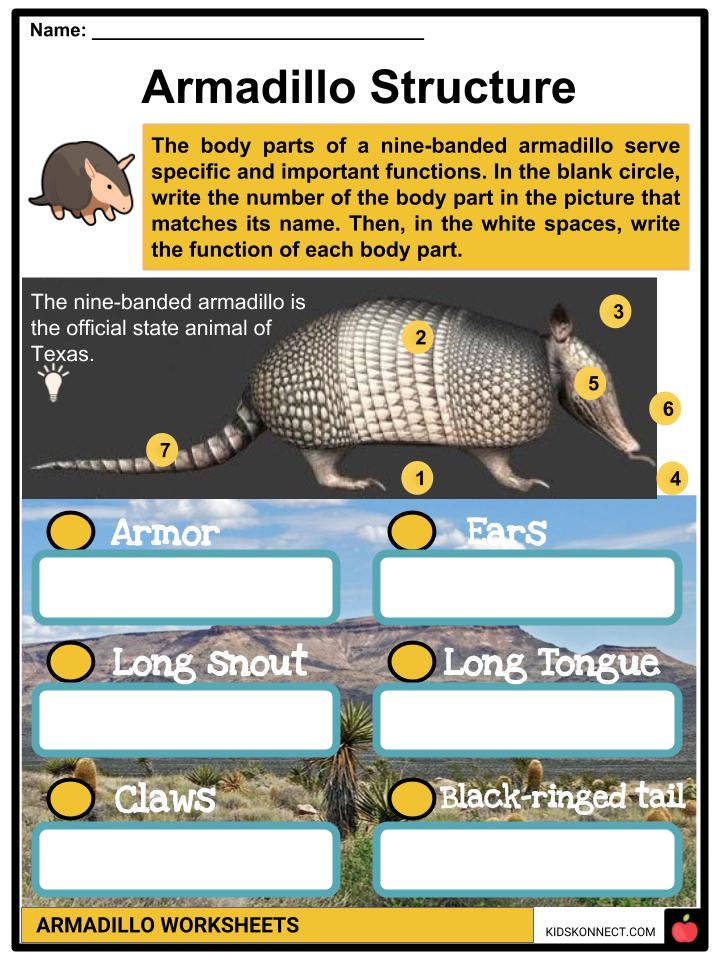

The contents were washed with tap water through a metallic sieve (mesh diameter 1 mm). The stomach contents were preserved in the field in 10% formalin, and stored until analysis at the Departamento de Biologia, Universidade Federal de Mato Grosso, Cuiabá. From these, it was possible to collect eight stomachs for dietary analysis, and the stomach contents of another four animals were collected at two locations in São Paulo (municipalities of Guareí and São José do Rio Preto) and two locations in Mato Grosso (municipalities of Cuiabá and Vila Bela) on highways crossing cultivated lands and gardens. 30 km of radius around the point 21☀6′S, 48☂7′W) in the municipalities of Ribeirão Preto, Luis Antonio and Pradopolis.

Troppmair (1975) classifies the climate as Cwa according to Köppen (1936), characterized by a rainy season in the summer and a dry season in the winter the rainfall varies between 11 mm, with a period of drought from May to September, and July being the driest month ( Caldarelli and Neves, 1981).įrom January 1981 to April 1984, 74 specimens of Euphractus sexcinctus were found as road kills along paved highways in northeastern São Paulo (within an area of ca. The northeast of São Paulo is one of the most intensively cultivated areas of the state.

Scattered patches of cerrado and mesophytic semideciduous forest ( sensu Rizzini, 1963) are still found in the interior of the state. The interior of the state of São Paulo is presently covered with a mosaic of cattle pasture, cultivated fields (mainly sugar cane, cereals and fruit) and exotic plantations of Pinus and Eucalyptus. In this study we examine the diet of the yellow armadillo and compare the results with available data on this species and other armadillos in the carnivore/omnivore group. In northeastern São Paulo it comprises 37% of total mammal road kills, or 2.56 kg/km, according to a survey of paved highways in the region (J. The biomass of this species was estimated to be approximately 19 kg/km 2 for dry forest, flooded grassland, and open savanna in the Brazilian Pantanal ( Schaller, 1983). Within these biomes it most often inhabits savannas, forest edges and campos cerrados, a type of cerrado in which trees are absent and shrubs form an open layer ( Eiten, 1979). It occurs in a wide variety of biomes, including the Amazon, Caatinga, Cerrado, Pantanal, Chaco and the Atlantic Forest ( Silva-Júnior and Nunes, 2001). Plant matter (especially fruit) makes up a major portion of the diet in the Pantanal region of Brazil ( Schaller, 1983).Įuphractus sexcinctus is a common species ranging from central and eastern Brazil through Paraguay, eastern Bolivia and northern Argentina ( Redford and Wetzel, 1985). The yellow armadillo, Euphractus sexcinctus, is the largest member of the carnivore/omnivore group and consumes many types of animal prey, including carrion, small vertebrates, ants (adults, larvae and cocoons), and plant matter such as fruits and tubers ( Redford, 1985 Redford and Eisenberg, 1992 Bezerra et al., 2001). vellerosus combines an insectivorous diet with substantial intake of plant matter, especially Prosopis pods, in the winter. While research is wanting on the feeding ecology of nearly every edentate species ( Redford, 1994), a notable exception among the hairy armadillos is Greegor's (1980) study on Chaetophractus vellerosus in northwestern Argentina. Detailed and systematic studies on the diet of the carnivore/omnivores in natural conditions are needed for finer analyses of their patterns of trophic specialization. The three genera of hairy armadillos, the carnivore/omnivores, show temporal and geographic variation in their diet which is more pronounced than in the other three feeding groups ( Redford, 1985). The 21 species of armadillos (Dasypodidae, Xenarthra) show a remarkable variation in size, geographic distribution and feeding patterns, and can be divided into four groups according to their dietary specializations: carnivore/omnivore ( Chaetophractus, Euphractus and Zaedyus), generalist insectivore (fossorial) ( Chlamyphorus), generalist insectivore (terrestrial) ( Dasypus), and specialist insectivore (ants and termites) ( Priodontes, Cabassous and Tolypeutes) ( Redford, 1985).


 0 kommentar(er)
0 kommentar(er)
